Biogeochemistry and Organic Geochemistry
Faculty Researchers:
Departmental research seeks to constrain modern and ancient biogeochemical cycles and how the environmental distribution of carbon and nutrients are affected by natural and anthropogenic processes. Studies of organic matter distribution and composition are key to understanding environmental carbon storage, carbon fluxes, and ultimately climate change. Insights into the modern Earth system are informed by palaeoclimatological studies, which help us to predict future events by learning from changes in our Earth’s past.
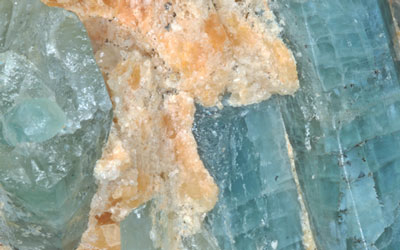
Geochemistry of the Earth's Interior
Faculty Researchers:
Departmental research in inorganic geochemistry focuses on chemical equilibria and transport phenomena in solid-Earth systems (and to some extent in other terrestrial planets and meteorites). This includes a wide range of systems, spanning the realm from core-mantle interactions to climate proxies. Experimental approaches and numerical modeling are used to characterize processes that operate in and on the Earth to redistribute the chemical elements on scales ranging from micrometers to kilometers. The primary application areas of current research include "environmental" conditions on earliest Earth (as these might bear on the origin of life), time-temperature evolution of igneous and metamorphic systems, and the underlying thermodynamic/kinetic basis of climate proxies.
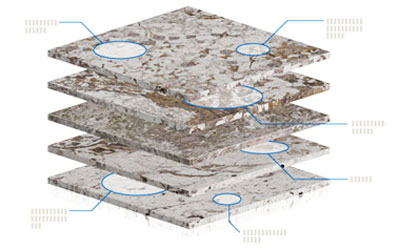
Metamorphic Petrology and Thermochemistry
Faculty Researchers:
Our department provides some of the most powerful computational tools and evaluation techniques required to interpret the complicated nature of metamorphic reactions within the Earth. We are evaluating the thermodynamics of common metamorphic mineral assemblages, characterizing crystal growth and compositional changes, and developing analytical techniques to determine the ages of metamorphic events. These constrain the geologic history of a number of regions, including New England, the Adirondacks of New York, the Caledonides of Norway, and Greece.
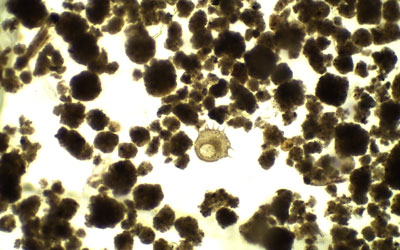
Paleoceanography
Faculty Researchers:
Departmental research in this area utilizes assemblage and geochemistry changes in the marine microfossil group benthic foraminifera, integrated with biostratigraphy, lithology, geophysical well logging, and seismic profile studies. Results deriving from these difference measurements are integrated and applied to a broad spectrum of reconstructions from the marine geological record, such as past ocean and climate conditions, paleobathymetry and sea level change, and the geological carbon cycle.
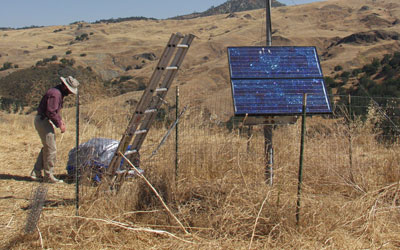
Solid-Earth Geophysics
Faculty Researchers:
Our department is at the forefront of using new seismological techniques to resolve the structure of the crust and mantle, and their dynamics. Through careful and novel manipulation of seismic data, we are providing new insights into the composition and heterogeneity of the Earth, and the underlying structure of the deep subsurface. We are applying these techniques to a number of diverse areas, including the Tien Shan Mountains (China), the San Andreas Fault, the Adirondacks, Yucca Mountain, Taiwan, and Central Asia.
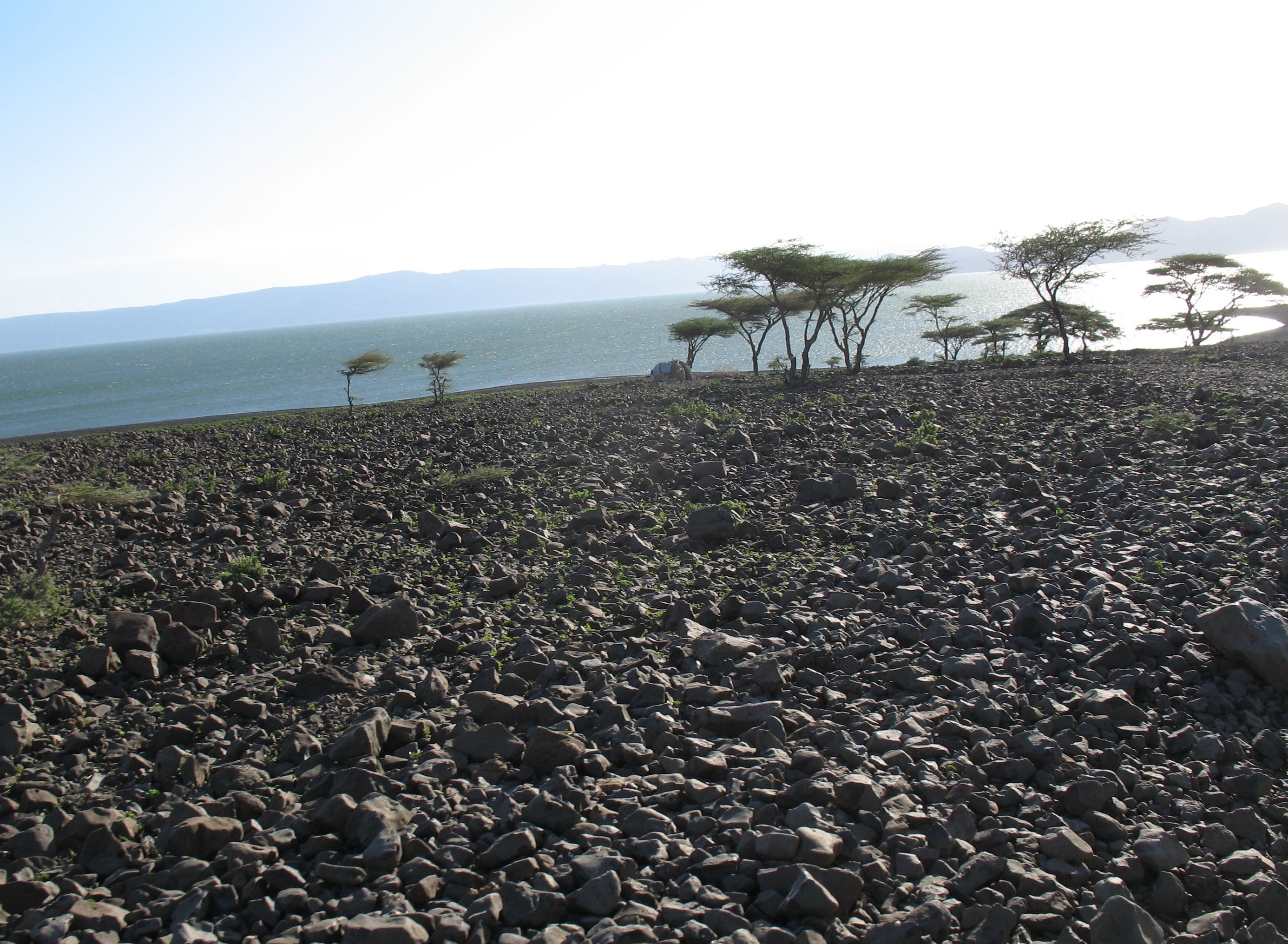
Earth System History and Paleoclimatology
Faculty Researchers:
In the face of a changing climate, it is important to understand and characterize Earth’s past climate states, and the complex interactions between Earth’s systems that are intertwined with changes in climate. These observations are critical to informing our predictions about a dynamic future climate. Departmental research applies experimental and isotope geochemistry, and micropaleontology to these problems to reconstruct past Earth surface conditions and paleoclimates across a wide range of timescales.
Astrobiology and the Early Earth
Faculty Researchers:
Searching for life outside our own planet compels us to distinguish between the types of planetary environments that can host life, and those that cannot. This search not only requires a robust understanding of the limits of modern life, but also plausible models of the evolution of abiotic chemistry that eventually gives rise to life. Current research seeks to understand the origin and composition of organic compounds in space, the emergence of life on Earth, the extent of life in Earth’s extreme ecosystems, and the potential for life elsewhere in the solar systems.

